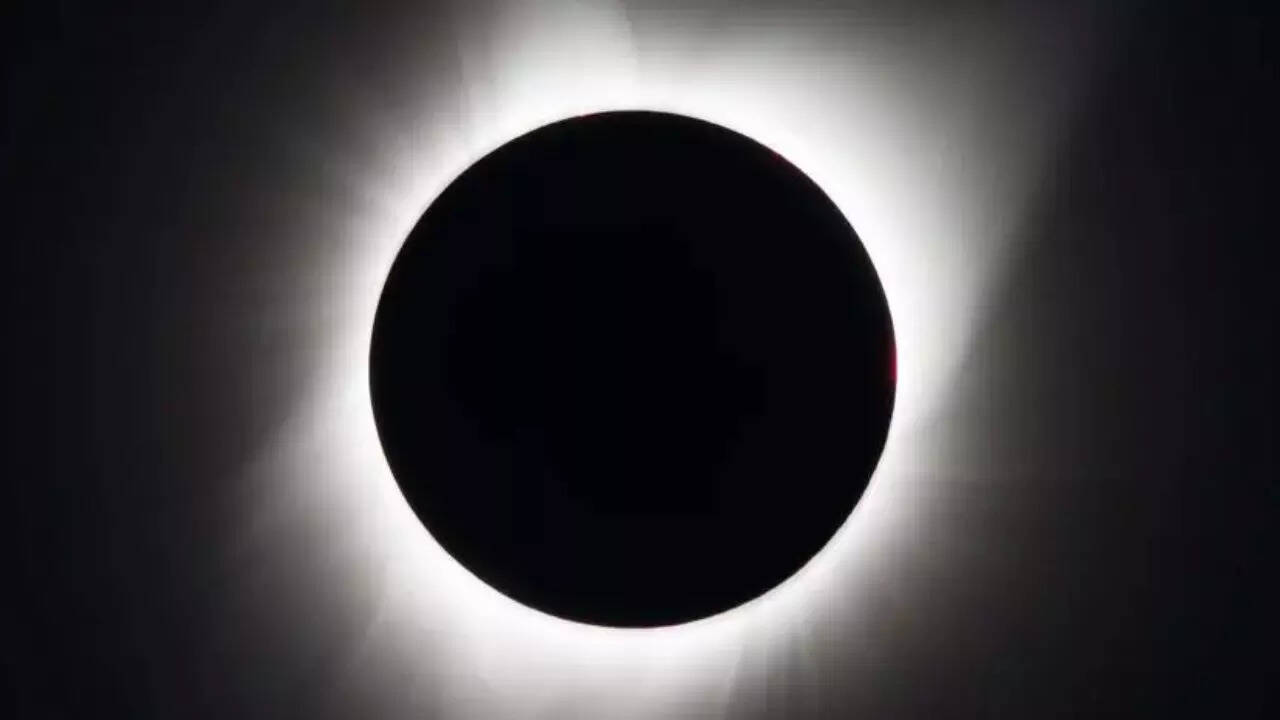
Witness the Longest Total Solar Eclipse of the Century on August 2, 2027
Hey everyone! If you’re into skywatching or just love those magical moments when nature puts on a grand show, mark this date in your calendar right now— August 2, 2027 . That’s when the world will witness one of the most awe-inspiring celestial events of the century: a total solar eclipse that will plunge parts of the Earth into up to 6 minutes and 23 seconds of total darkness .
Now, let’s take a moment to appreciate how rare this is. This isn’t just any eclipse. It’s being hailed as the longest total solar eclipse visible from land between the years 1991 and 2114 . That’s more than a century of eclipses, and this one’s taking the crown. Skygazers, scientists, and photographers are already calling it the “ Great North African Eclipse ,” and for good reason.
Also Read:- Alaska Airlines in the Spotlight Following Recent News Development
- Bingin Beach Demolitions Rock Bali’s Tourism and Surf Community
So where can you catch it? The eclipse’s path of totality will stretch across Southern Europe , North Africa , and the Middle East . Some of the best spots to experience the full eclipse include Luxor in Egypt , Benghazi in Libya , and even parts of Spain , like Cádiz and Málaga. In these locations, the sky will darken completely in the middle of the afternoon—a moment that will leave you speechless.
Here’s why this eclipse is particularly special: three rare cosmic conditions are all aligning at once. First, Earth will be at aphelion , its farthest point from the Sun, making the Sun appear smaller. Second, the Moon will be at perigee , its closest point to Earth, making it look bigger. And third, the path of the eclipse travels near the equator , which slows down the Moon’s shadow over Earth due to our planet’s rotation. The result? A total eclipse that lasts way longer than usual. Most eclipses only give you about 2–3 minutes of darkness. This one? Over six. That’s practically double the drama.
Depending on where you are, the eclipse will begin in the early to mid-afternoon. In Southern Spain , expect totality around 1:30 PM to 2:00 PM local time , while in Egypt and Libya , it peaks closer to 2:30 PM . The full show—from the start of the partial eclipse to the end—will last about 2.5 to 3 hours .
And if you’re lucky enough to be in a spot with clear skies—like much of North Africa , which typically has dry, sunny weather in August—you’ll have a front-row seat to this spectacular show. Expect to see tour groups, scientists with telescopes, and lots of cameras. Some travel companies are even offering eclipse-watching packages already.
This is more than just a visual treat—it’s a scientific goldmine. Researchers will study the Sun’s outer atmosphere, known as the corona , and gather valuable data on solar activity, weather patterns, and more. For the rest of us, it’s a chance to experience a moment of cosmic wonder we’ll never forget.
Let me be clear: this isn’t just a once-in-a-lifetime event—it’s a once-in-a-century event. The next eclipse of similar length and grandeur won’t happen until 2114 . So if you’re anywhere near the path of totality, don’t miss this . Make plans. Take time off. Travel if you can. Because August 2, 2027, is going to be one of those days people talk about for the rest of their lives.
Read More:

0 Comments